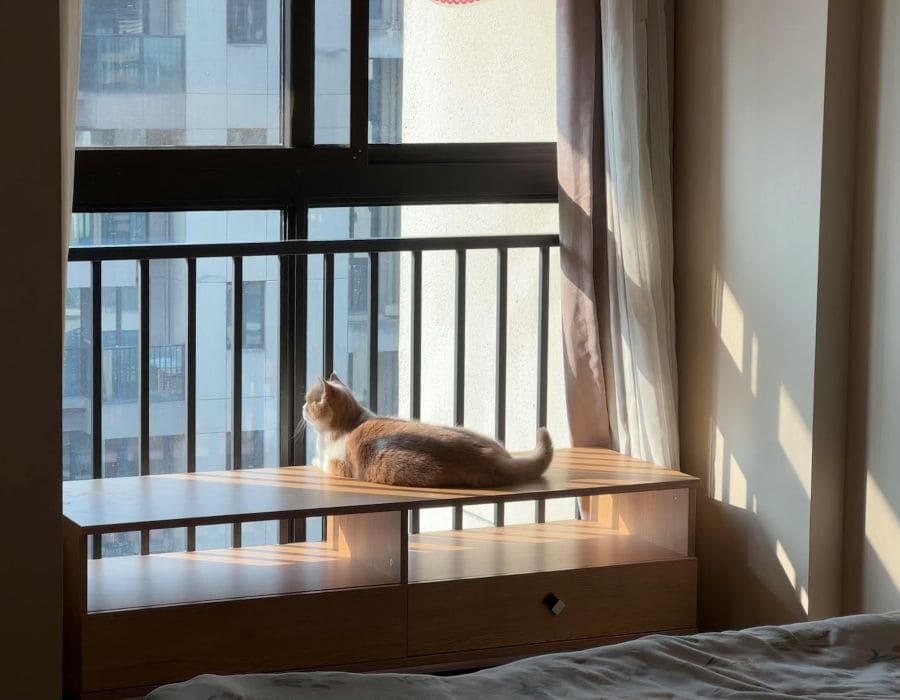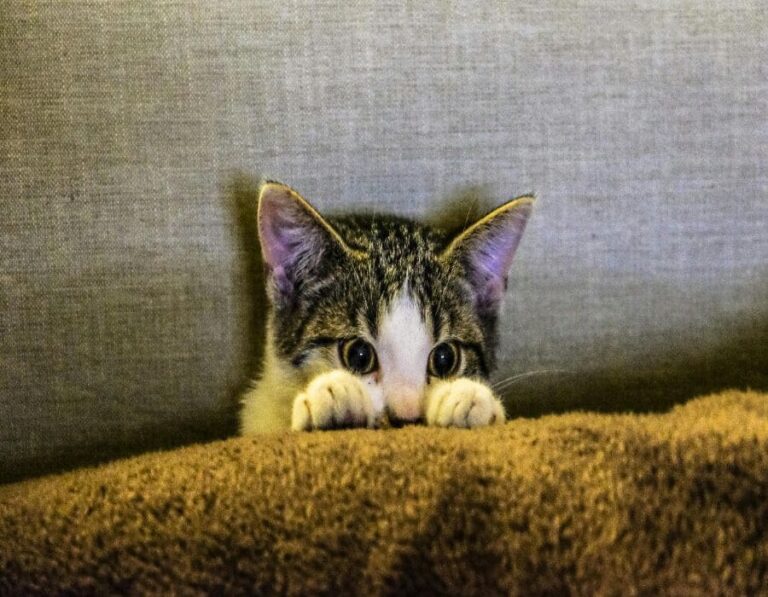11 Genius Solutions for Keeping Indoor Cats Stimulated
The modern indoor cats face a peculiar paradox. Even though they are safe from the dangers that cut outdoor cats’ lives dramatically short, these protected felines still need their wild instincts satisfied.
Maximize your indoor cat’s happiness and health with expert-approved enrichment strategies. From vertical climbing spaces to scent-rich areas and interactive feeding, create a stimulating environment that fulfills your feline’s natural instincts and keeps boredom at bay.
The Vertical Advantage
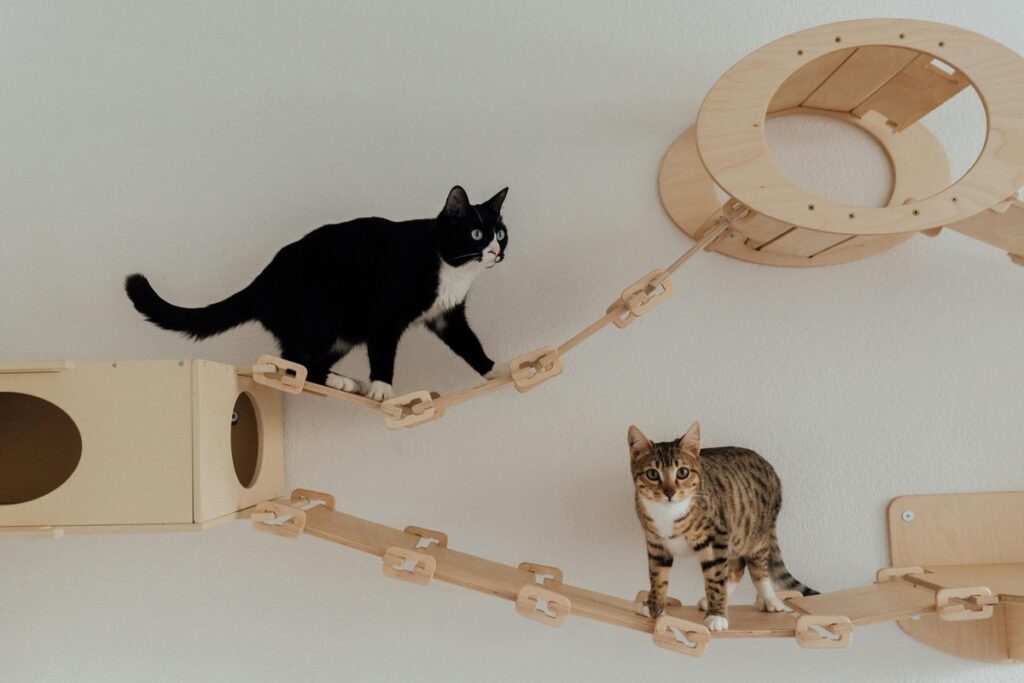
Cats don’t just like heights – they need them. Cat trees aren’t just fancy furniture; they’re essential infrastructure. Strategic placement near windows creates observation posts, while tucked-away elevated nooks serve as retreat zones.
Making Meals Meaningful
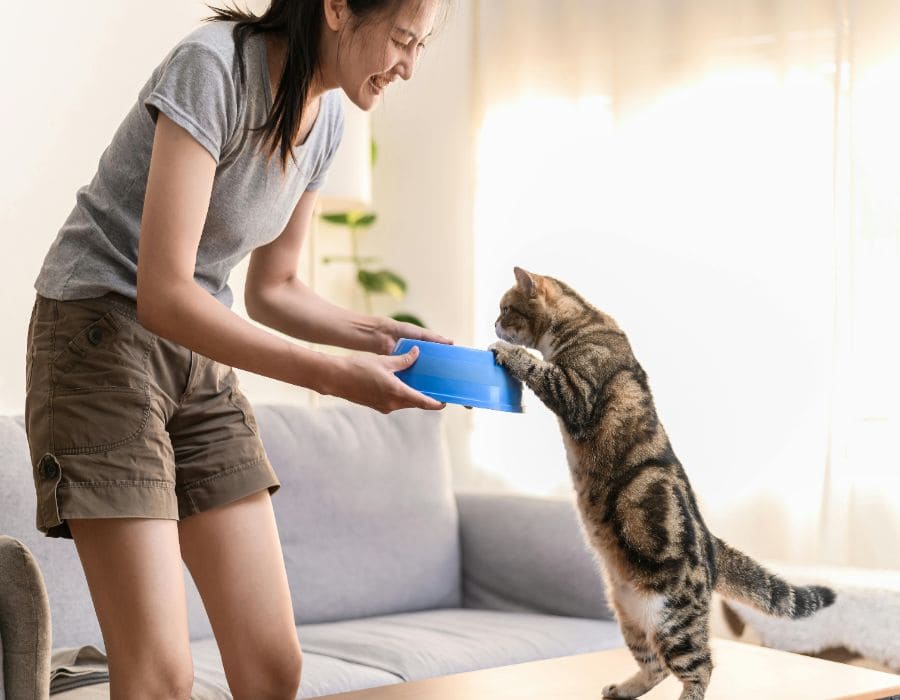
Modern feline behaviorists have demonstrated that standard food bowls create bored, frustrated cats who inhale their food too quickly. Food puzzles and treat-dispensing toys transform mundane mealtimes into engaging hunts.
Scratch This, Not That
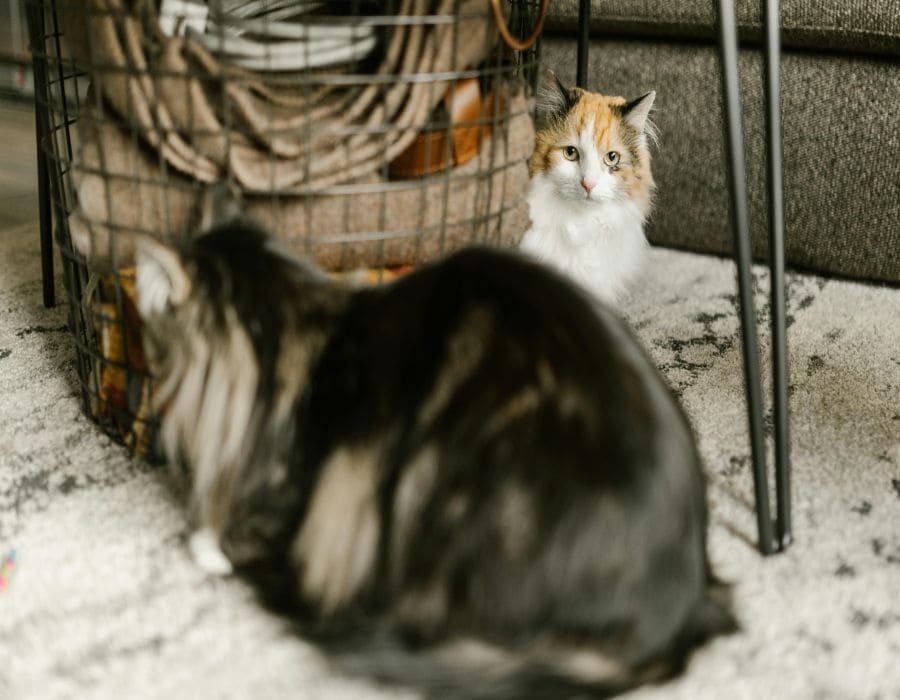
Multiple scratching stations throughout the home aren’t excessive – they’re necessary. Some cats prefer vertical posts, others like horizontal scratch pads. The smart approach? Offer both. Position them near sleeping spots and doorways where cats naturally mark territory.
Window Watching: Nature’s Cat TV
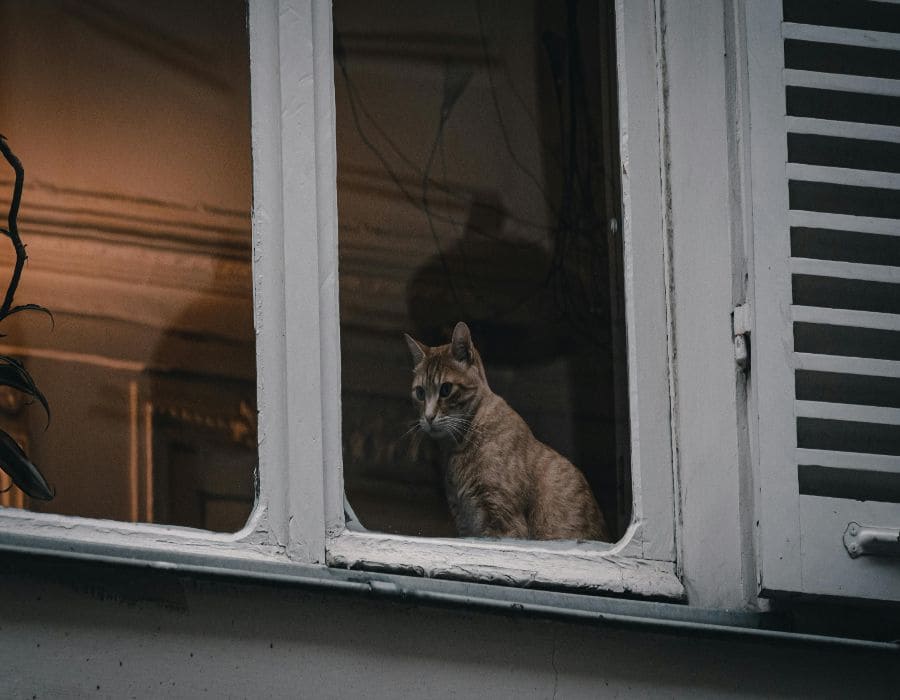
A strategically placed bird feeder can transform a dull window into hours of entertainment. Digital displays designed for cats work too, though nothing beats the real thing. The key is creating comfortable observation posts. Padded window perches encourage longer watching sessions.
The Toy Rotation Method
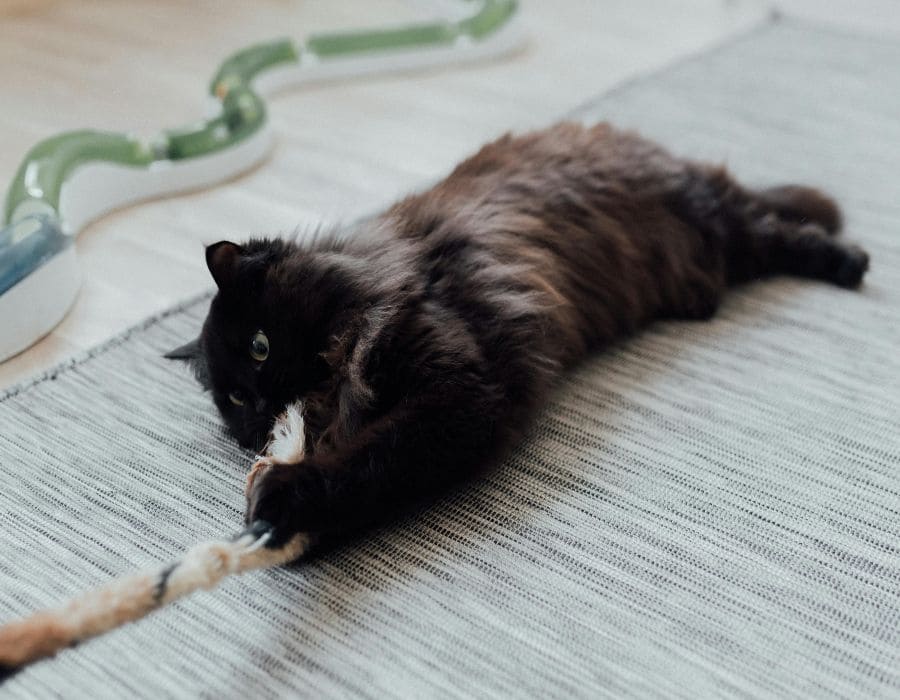
New toy smell matters. A lot. Cats quickly lose interest in toys that become background furniture. Smart owners maintain several collections, rotating them every few days to keep things fresh.
Scent Stories
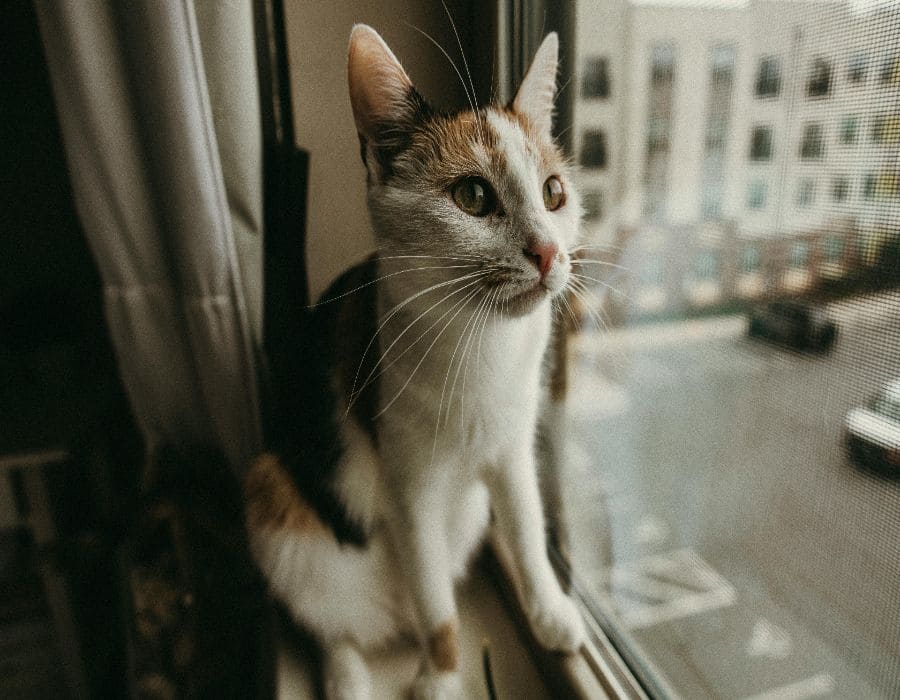
Cats process their world primarily through scent. Cat grass provides more than just something to chew on – it’s a complex sensory experience. Catnip isn’t the only player in town either. Silver vine and cat-safe herbs create new olfactory adventures.
Quality Time Counts
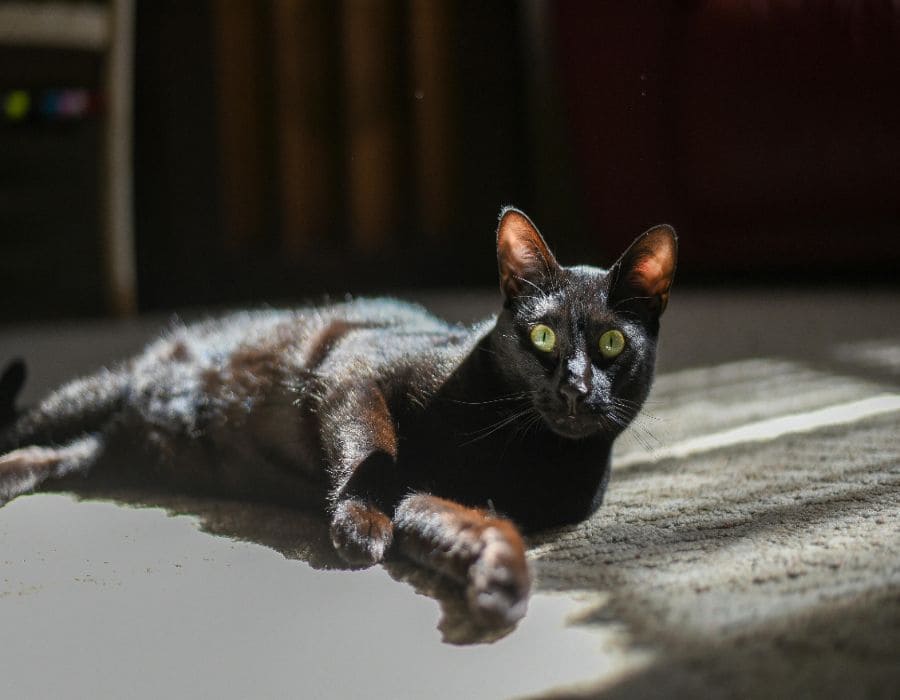
Even the most aloof cat needs social interaction. Dawn and dusk typically bring out the most active behavior – perfect times for play sessions. These interactions strengthen bonds and provide crucial exercise.
Safe Spaces Matter
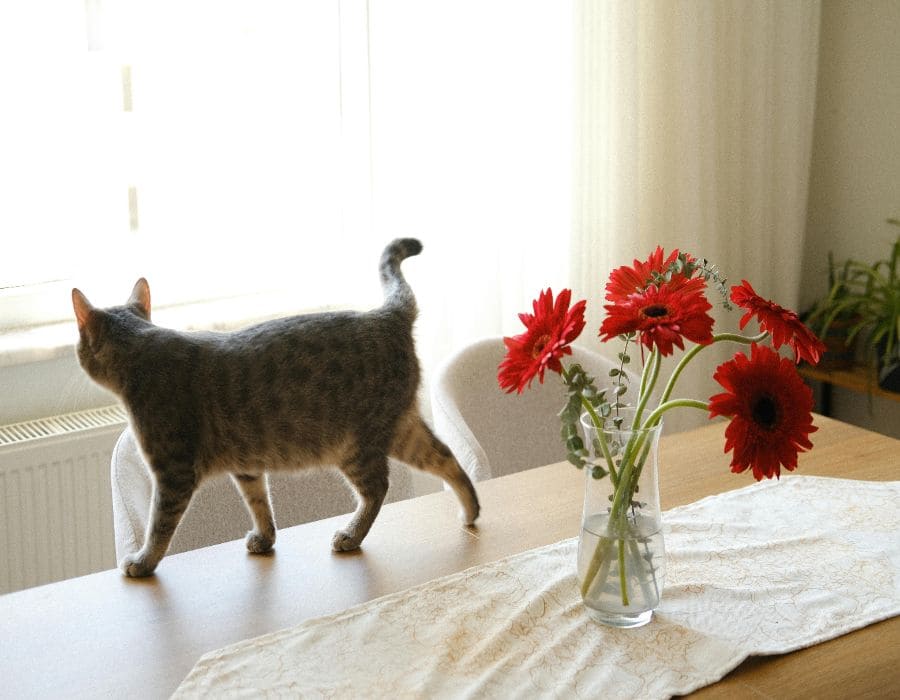
Every cat needs a panic room. These aren’t just hiding spots – they’re essential stress-management zones. Cat caves, covered beds, quiet corners – the options are endless. The golden rule? When a cat retreats to these spaces, they’re saying “not now.” Respect that.
Sound Design
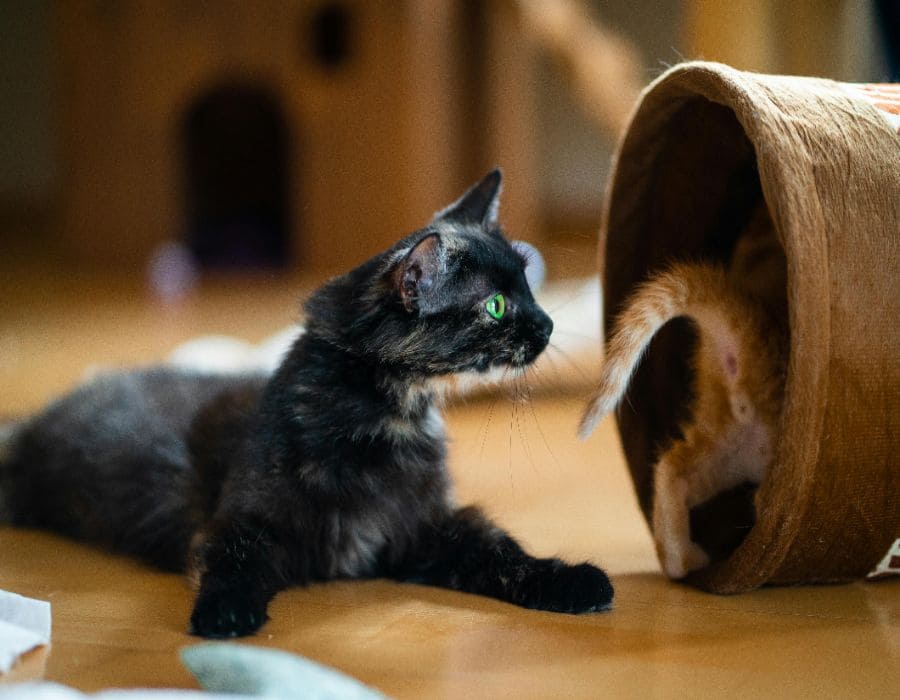
While cats value their peace and quiet, certain sounds can enrich their environment. Nature soundtracks featuring birds or small prey animals often pique interest. The volume should remain low – cats have sensitive ears. Some cats couldn’t care less about audio enrichment. That’s fine too.
DIY Obstacle Courses
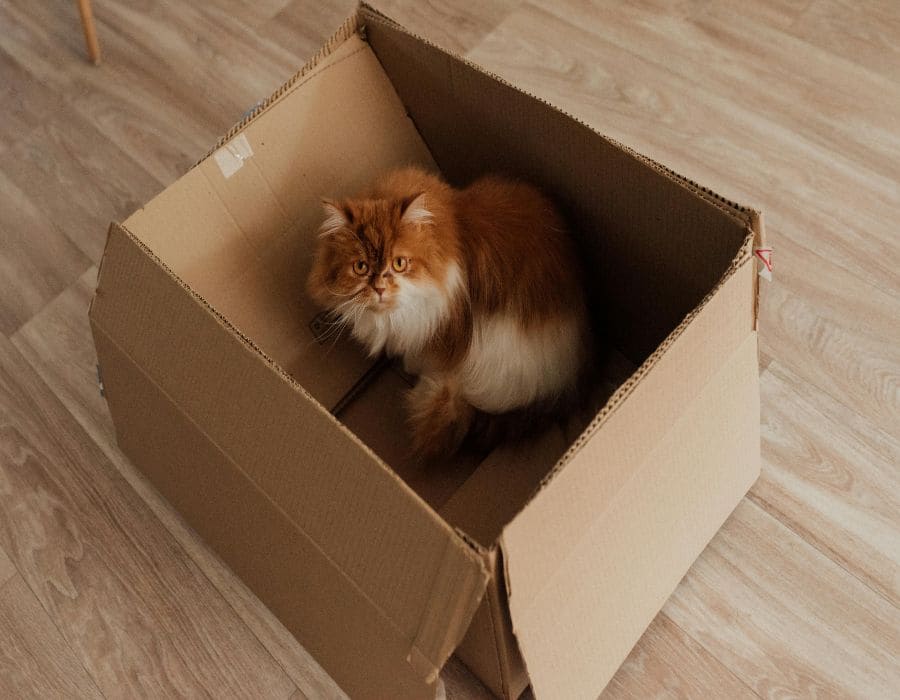
Fancy cat furniture is nice, but sometimes a well-arranged collection of cardboard boxes creates the perfect playground. Change layouts periodically to maintain interest. Some cats turn their nose up at elaborate setups while going crazy for simple paper bags. Know your audience.
Temperature Zones

Smart environmental design includes varied temperature options. Sunny windowsills for warming up, cool tile for hot days, and cozy spots at room temperature let cats regulate their comfort naturally. Heated beds can be game-changers, especially for older cats with achy joints.
Final Thoughts
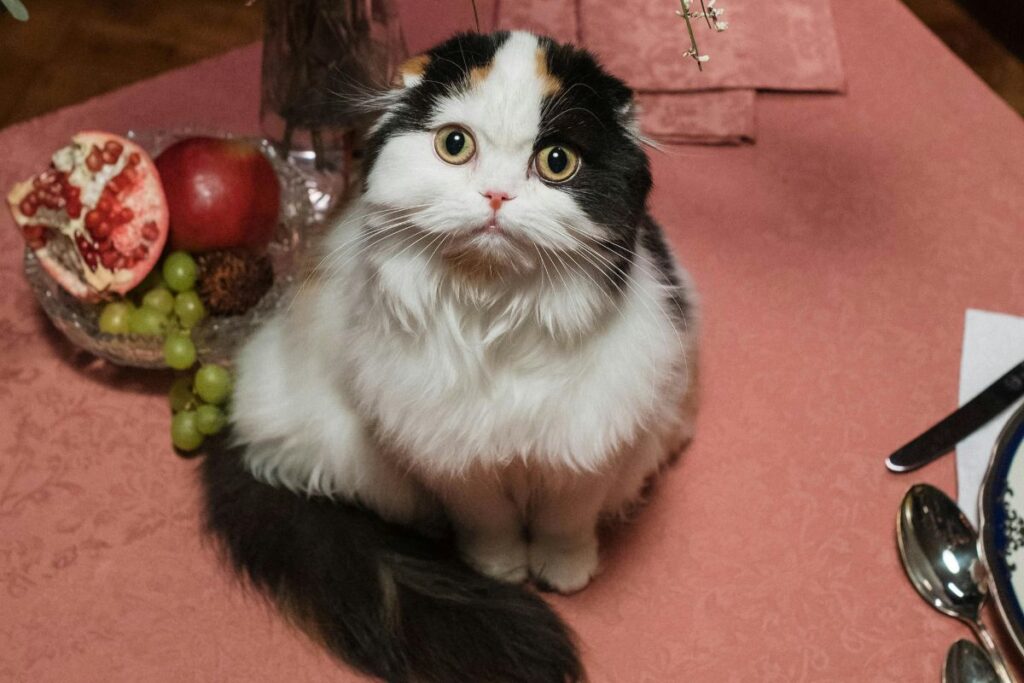
The science of feline enrichment keeps evolving. What works for one cat might bore another to tears. The key lies in observation and adaptation. Watch what excites them, what scares them, what bores them. Then adjust accordingly. Creating an engaging indoor environment isn’t just about preventing behavior problems – it’s about helping these remarkable animals thrive in our human world.

